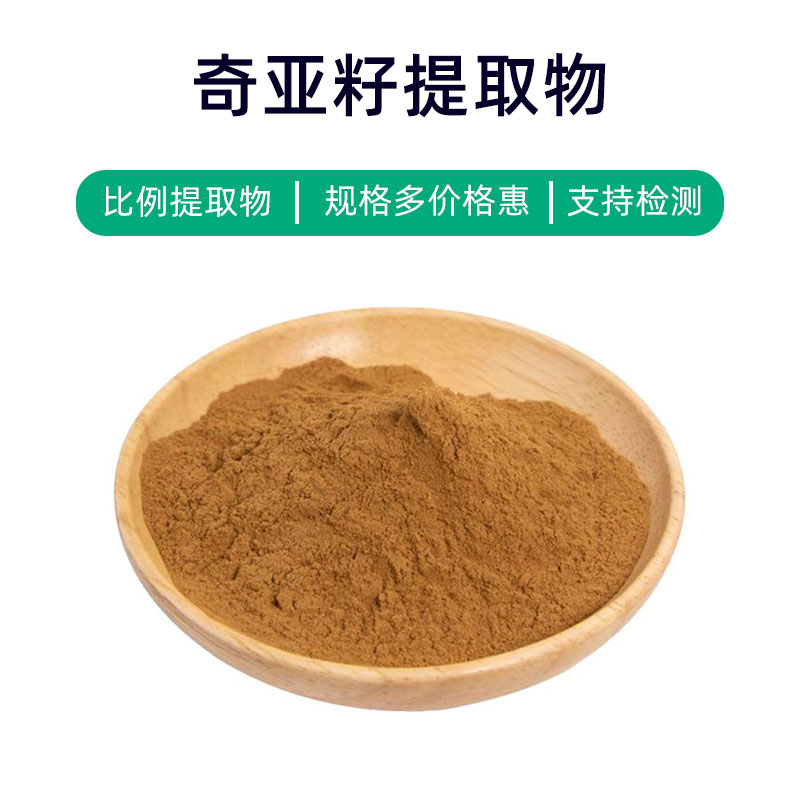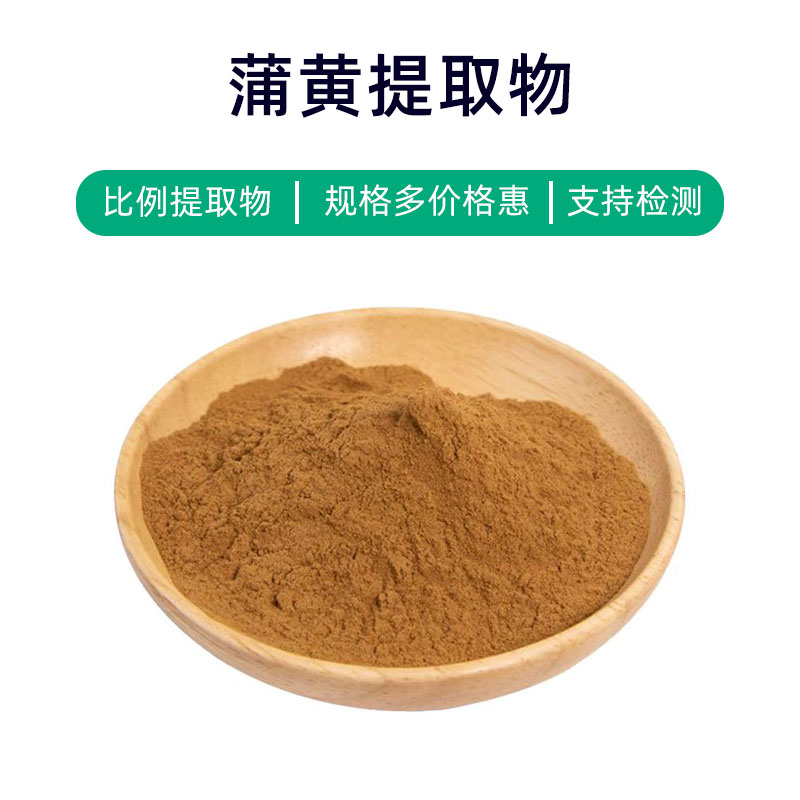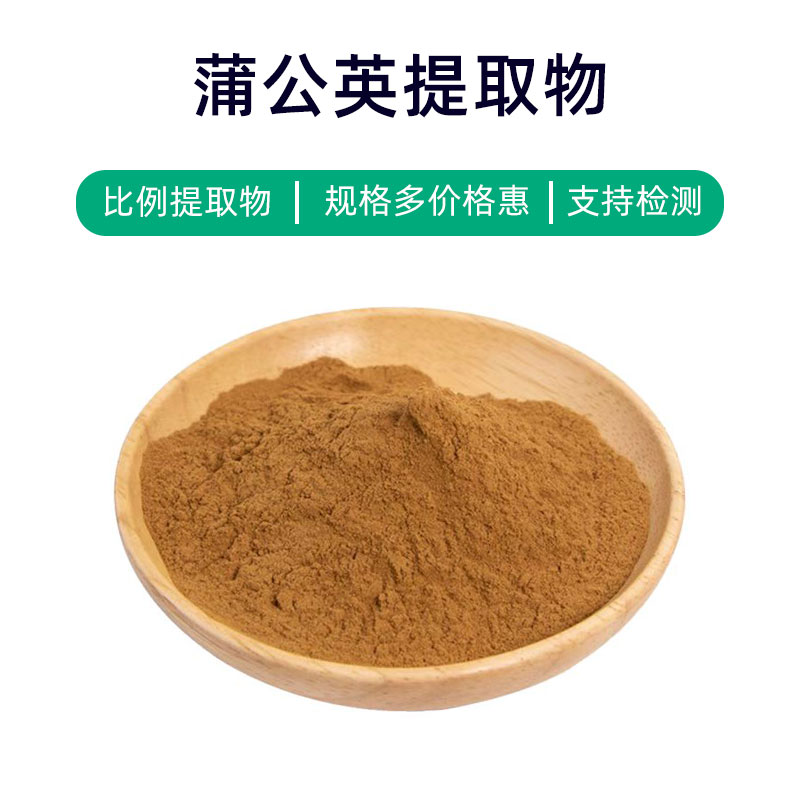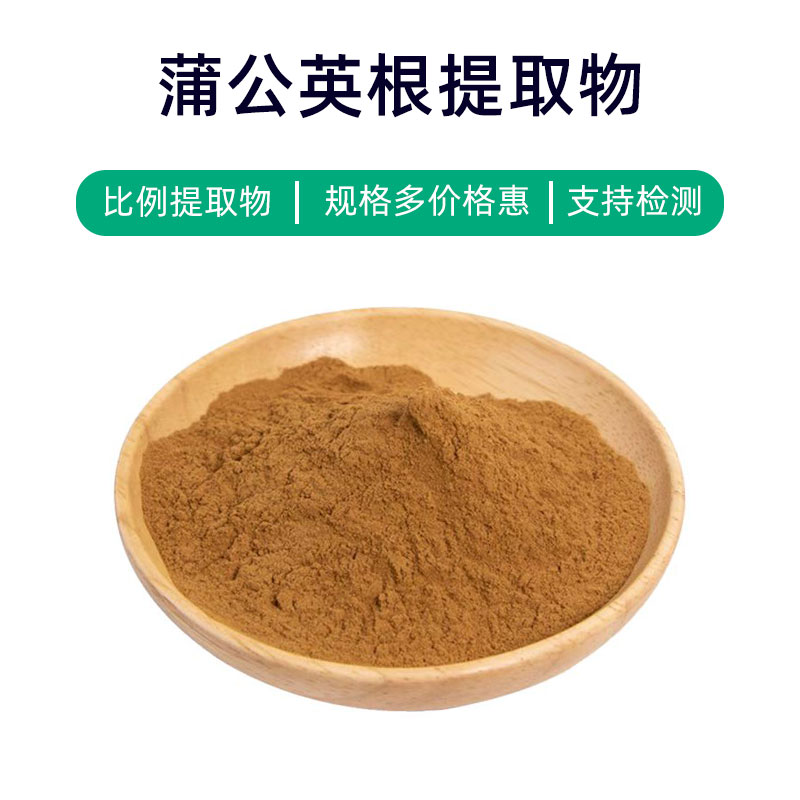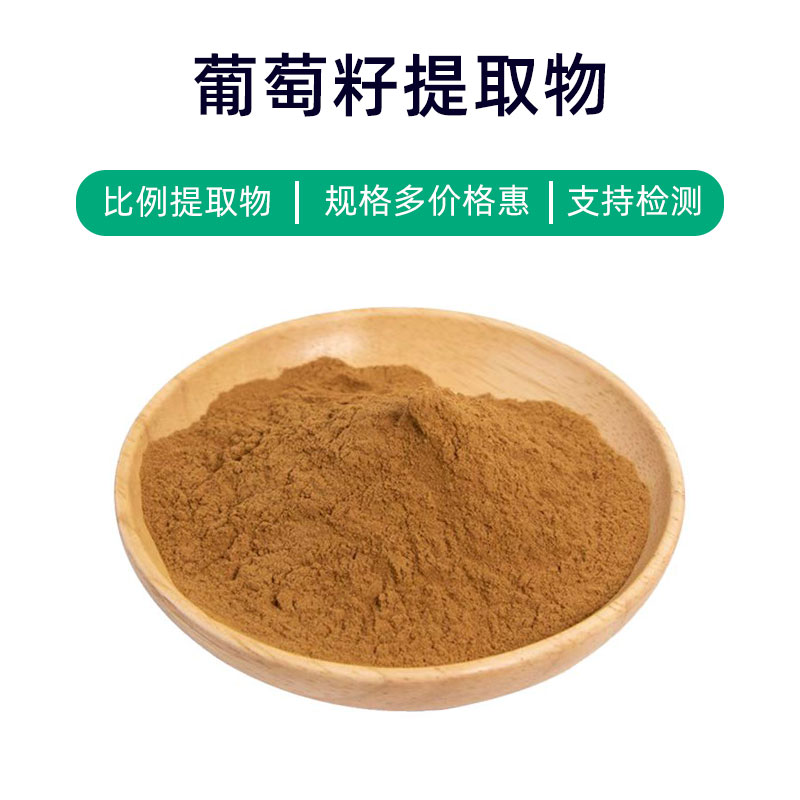Codonopsis Extract Product Introduction
Codonopsis Extract is derived from the roots of Codonopsis pilosula, containing active substances such as saponins, polysaccharides, and alkaloids. This extract has wide application value in pharmaceuticals, dietary supplements, food, and cosmetics.
Codonopsis Extract is extensively used in the medical field, with main effects including boosting immunity, enhancing fatigue resistance, regulating blood sugar and lipid levels, and promoting digestion. Rich in saponins and polysaccharides, it is believed to possess antioxidant, anti-inflammatory, and anti-aging properties, helping to prevent and improve various diseases.
In dietary supplements, Codonopsis Extract is often a key ingredient used to modulate the immune system, boost energy, and improve sleep quality. In the food sector, it serves as a nutritional supplement added to health foods, functional foods, and beverages to enhance their nutritional value and functionality. Additionally, Codonopsis Extract is widely used in cosmetics, as an ingredient in skincare and anti-aging products, to hydrate the skin, reduce wrinkles, and brighten the complexion.
Overall, as a natural plant extract, Codonopsis Extract has multiple benefits and a broad range of applications, making it one of the popular natural health products on the market today.
Codonopsis Extract Production Process
The production process of Codonopsis Extract typically includes the following main steps:
- Raw Material Preparation: Selecting high-quality Codonopsis roots, thoroughly cleaning, and drying them.
- Grinding: Crushing the dried Codonopsis roots to increase extraction efficiency.
- Extraction: Utilizing appropriate extraction methods, such as water extraction, alcohol extraction, or supercritical fluid extraction, to extract active components from the Codonopsis.
- Filtration: Filtering the extract to remove solid particles and impurities, yielding a pure extract solution.
- Concentration: Using methods like evaporation and reduced-pressure concentration to remove solvents from the extract solution and obtain concentrated Codonopsis Extract.
- Refinement: Further processing the concentrated extract through crystallization or combining with other components to improve product purity and activity.
- Drying: Drying the refined Codonopsis Extract to remove residual moisture, ensuring product stability and shelf life.
- Packaging: Packaging the dried Codonopsis Extract in suitable materials and specifications to ensure product quality and safety.
- Storage: Storing the packaged Codonopsis Extract in a dry, cool, and ventilated environment, avoiding direct sunlight and high temperatures to extend the product's shelf life and efficacy.
Following these production steps, high-quality, pure, and rich in active components Codonopsis Extract products can be produced to meet the needs of different sectors.
Effects and Side Effects of Codonopsis Extract
As a commonly used herbal extract, Codonopsis Extract has wide applications in traditional Chinese medicine and modern medicine. Its main effects and benefits include:
- Qi and Blood Nourishment: Codonopsis Extract helps promote blood circulation, enhance immunity, and improve symptoms of anemia.
- Fatigue Resistance: The extract contains multiple active ingredients that boost the body's antioxidant capacity, delaying fatigue onset and enhancing stamina and endurance.
- Immune Function Regulation: Components such as polysaccharides and saponins in Codonopsis Extract help regulate immune function, strengthening immunity to prevent infections and diseases.
- Anti-inflammatory and Swelling Reduction: Effective components in Codonopsis Extract have anti-inflammatory properties useful in treating inflammatory diseases and alleviating swelling.
- Blood Pressure Reduction: Certain components in the extract can dilate blood vessels and reduce blood viscosity, aiding in blood pressure reduction and preventing cardiovascular diseases.
- Liver Protection: Codonopsis Extract contains several components that protect liver function, reducing liver damage and promoting cell repair and regeneration.
- Blood Sugar Regulation: Some active components in the extract help regulate blood sugar levels, assisting in the treatment of diabetes and other metabolic diseases.
- Anti-aging: The extract contains various antioxidants that eliminate free radicals, slowing down cellular aging and maintaining skin and body health.
Despite these benefits, users should note the following:
- Dosage Control: Use Codonopsis Extract according to medical advice or product instructions to avoid excessive usage leading to adverse reactions.
- Individual Differences: Due to individual variations and the extract's pharmacological effects, some individuals may experience allergic reactions or digestive discomfort, and should stop use immediately and seek medical attention.
- Caution for Pregnant and Nursing Women: As Codonopsis Extract may affect estrogen levels, pregnant or nursing women should consult a doctor before use.
In summary, as a traditional herbal extract, Codonopsis Extract has important application value across multiple fields, but caution is required during use, with individualized dosage and usage methods being prioritized.
Application Scenarios, Dosage, and Use of Codonopsis Extract
Codonopsis Extract, as an important herbal extract, has a wide range of application scenarios, including pharmaceuticals, food, and cosmetics. The following highlights its applications and dosage in these three fields:
- Application in Pharmaceuticals:
- Codonopsis Extract is commonly used in traditional Chinese medicine formulas for Qi nourishment, blood enrichment, spleen strengthening, and general health enhancement.
- Usage: Typically taken orally, in forms such as pills, granules, or solutions. Adult dosage is usually 3-6 grams per dose, taken in 2-3 doses daily, adjustable based on individual circumstances and medical advice.
- Dosage: Adjust according to the severity of the condition and individual constitution, generally not exceeding 15 grams daily.
- Application in Food:
- Codonopsis Extract is often added to health and functional foods to boost immunity, enhance vitality, and improve sleep.
- Usage: Common forms include liquid preparations, nutritional tablets, and health products, to be consumed according to product instructions.
- Dosage: Follow the recommendations on the product label, generally 1-3 times daily, with each serving of 1-2 tablets as advised.
- Application in Cosmetics:
- Codonopsis Extract is often incorporated into skincare products for hydration, antioxidant effects, and anti-aging purposes.
- Usage: Can be included in masks, lotions, serums, and other skincare products, following product instructions for application.
- Dosage: Generally guided by product instructions, avoiding application around the eyes and not exceeding recommended amounts to prevent discomfort.
When using Codonopsis Extract, consider the following:
- In pharmaceuticals, it’s recommended to use under medical supervision, especially for patients with specific ailments.
- For food and cosmetics, purchase through reputable channels and adhere to product guidelines to avoid overuse.
- Individuals with known allergies should conduct sensitivity tests first, stopping use and seeking medical care if adverse reactions occur.
In summary, Codonopsis Extract holds significant application value in pharmaceuticals, food, and cosmetics, but careful selection of products and dosages is essential, ensuring reasonable use based on individual circumstances and product guidelines.
Source Plant Introduction, Distribution, and Growth Environment of Codonopsis Extract
Codonopsis (scientific name: Codonopsis pilosula) is an important medicinal plant belonging to the Campanulaceae family, commonly recognized as one of China's medicinal plants. Here is an introduction to the source plant of Codonopsis Extract, its distribution, and growth environment:
1. Plant Introduction:
Codonopsis is a perennial herb with robust roots, rich in medicinal value. It features an upright stem with branching, small ovate or lanceolate leaves, hairy on the surface and white-haired underneath. The flowers are small, bell-shaped, and can be purple or pale yellow.
2. Distribution:
Codonopsis is widely distributed across China's Loess Plateau, North China Plain, and southwestern mountainous regions, primarily found in mountainous areas, forest edges, grasslands, valleys, and wastelands near villages. Additionally, it is found in countries like Korea, Japan, and Russia.
3. Growth Environment:
Codonopsis thrives in warm, humid, and sunny conditions, with strong adaptability to various soil types but prefers fertile, loose, well-drained loamy soil. Typically found at altitudes between 800 and 2800 meters, it commonly grows on slopes, forest edges, by streams, and around the outskirts of villages.
4. Growth Characteristics:
Codonopsis has a lengthy growth period, typically harvested 3-4 years after planting. Its roots penetrate deeply into the soil, are drought-resistant, can survive in poor soil, and exhibit considerable resilience. During growth, it requires ample sunlight and adequate moisture, with attention needed for pest and disease management.
5. Harvesting Considerations:
The roots are the medicinal part, usually harvested in autumn once the plants are mature. When harvesting, select well-grown, robust plants and carefully extract the roots from the soil, removing dirt and impurities before drying or dehydrating them to an appropriate moisture level for further processing into extracts.
In summary, Codonopsis, as an important medicinal plant, is widely distributed across China's mountainous and grassy regions, favoring bright, humid environments with strong adaptability and resistance. It is a significant component of traditional medicine in China. During harvesting and utilization, it is crucial to protect resources and ensure sustainable use.
Processing and Storage of Codonopsis Extract
Processing Codonopsis Extract mainly involves washing, slicing, drying, grinding, and extracting. First, harvested Codonopsis is cleaned to remove dirt and impurities, sliced or cut, then dried to reduce moisture content. After drying, it is ground into powder. Finally, through extraction processes (such as water or alcohol extraction), effective components in Codonopsis are obtained.
For storage, Codonopsis Extract should be kept in a dry, cool, and well-ventilated place, away from direct sunlight and moist conditions to prevent moisture absorption or spoilage. It's also crucial to avoid contact with toxic substances and prevent oxidation. Ideally, it should be stored in sealed containers and regularly checked for appearance and quality to ensure product integrity and stability.
Monica Sun is a seasoned expert in the plant extraction industry with over a decade of experience in research and production. She specializes in the extraction and purification of plant active ingredients, focusing on driving innovation in natural product applications. Monica has participated in the development of multiple functional plant extracts, delivering high-value natural raw material solutions for the health food, pharmaceutical, and dietary supplement sectors.









